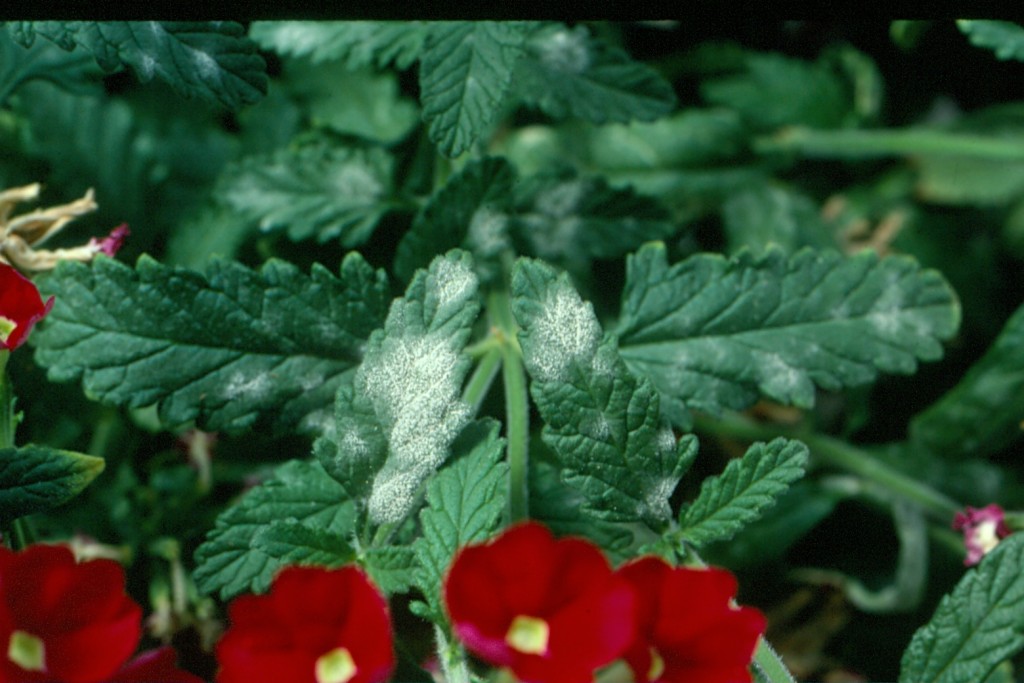
Disease Discussions: Only the Dose Makes the Poison — Timing is Everything
ARC: I’ve been thinking about rates and intervals and how important they can be. This always brings to mind some adage like “Only the dose makes the poison,” which is often said with respect to chemical safety to humans. In this case, though, I am reminded that using chemicals (or even biologicals) to control pathogens is dependent on the dose of the product used. Why do we understand these things for our health but forget them when dealing with plant health?
MLD:I know what you mean! We wouldn’t dream of skipping our daily dose of an antibiotic, but we often stretch the length of time between fungicide treatments for a flower crop. I think there’s some wishful thinking that comes into play in the greenhouse. If there really is inoculum present, however, fungicides provide protection only if they are used at the labeled interval… with sprays, this is usually one to two weeks, no longer! Admittedly there are a few magnificently long-lasting materials (mefenoxam in particular), so growers can get to (wishful) thinking that all the fungicides last for a month or two.
ARC: That reminds me of the original mefenoxam testing we did, with intervals of up to 90 days. I have always wondered how the label ended up with a 30-day max drench interval (back in the 80s when it was first registered).
MLD:I guess if a material were harsh on a plant, longer intervals could be desirable from the viewpoint of avoiding phytotoxicity. But there still may need to be another material used in the interim because the whole idea of protection is to keep a chemically active coating on the surface of the plant at all times. Rotations with complementary materials serve a double purpose by slowing development of resistance and also giving the plant a break from chemicals that are a little hard on them.
ARC: Have you ever seen a longer interval give better control than a shorter one? I have, with two groups of diseases Phyllosticta (Phoma) leaf spot and dieback on vinca vine and other woody plants and also Fusarium crown rots and wilt (on just about everything we ever tested). We even managed to prove the correlation experimentally and with grower trials. In both cases, using the right rate on a three- to four-week interval has resulted in better control than using a lower labeled rate on a one- to two-week interval.
MLD:Interesting! That fits with what we’re saying here, and I think it’s something growers need to hear. If they are out to save money by making the bag of fungicide last longer, they sometimes opt to use the lowest end of the range of rates or less. The right rate is probably even more important than the right interval, if you had to choose between them. You can often rotate between a more expensive systemic material and a less expensive contact material and have a good program for disease management. One of the key things is knowing when your crop is really under assault, versus making just hyper-protective insurance treatments on a calendar basis. Fungicide labels recommend adjusting rates and intervals according to disease pressure, but this doesn’t always happen in the real world. If you aren’t scouting, you have no idea what your disease pressure is.
ARC: Scouting is the first step and without it all other decisions are shooting in the dark. That brings us to another critical piece of information, which is how exactly you can tell what the disease pressure is? I think many people resort to calendar sprays while others wait until they see the “whites of their eyes” or rather the gray fuzz on the leaves. These approaches are not based on laziness, but rather they are the only way to decide what action to take. And, really, what can growers be expected to do? When consulted, most plant pathologists ask a raft of questions about factors before committing to a spray program: crop, spacing, weather, irrigation, what has been sprayed (if anything), what symptoms have been seen and how old a crop is. In many cases, only an expert (grower or pathologist or fungicide company technical rep) with years of experience can decide what the disease pressure is likely to be and choose the best rate and interval for effective use of crop protection products.


 Video Library
Video Library 




















